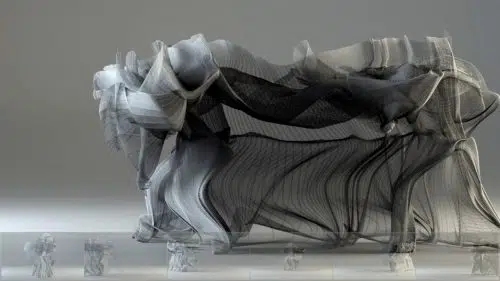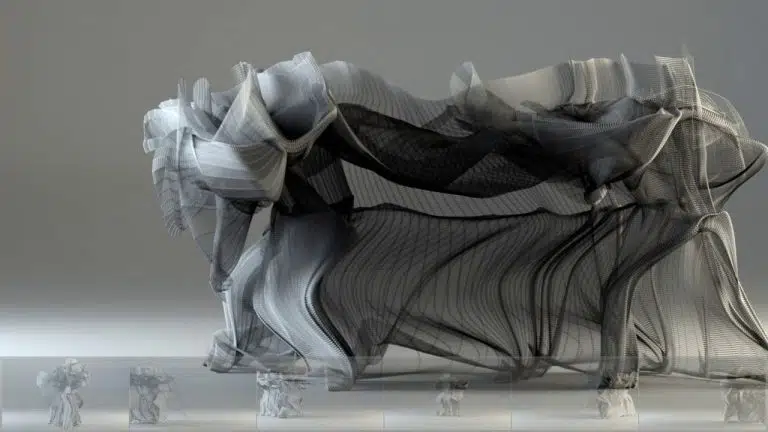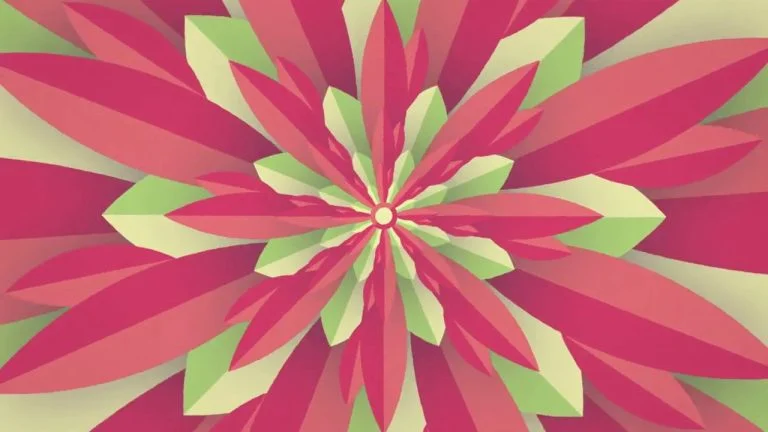Optical illusions are fascinating due to their ability to distort our perception of reality. But have you ever seen Kokichi Sugihara’s three-dimensional optical illusions that appear to defy the laws of physics? If not, you need to check out the incredible work of Kokichi Sugihara.
Sugihara, a Japanese mathematician and artist, is renowned for his unique optical illusions that make marbles roll uphill, make straight things look curved, and create rectangular shapes out of circular ones. In this blog post, I explore Sugihara’s work and the minds behind his masterful pieces.
Kōkichi Sugihara’s optical illusions are not just impressive but mind-bending too. His illusions gained immense popularity since he used computer software to bring his drawings to life. He has won the Best Illusion of the Year Contest four times for his incredible work, which explores the interaction of art and mathematics.
If you want to learn the math and physics behind these illusions, you can also get Sugihara's book, Joy of Ambiguous Solids: How to Make Anomalous Objects That Change Their Appearances in a Mirror.Kokichi Sugihara’s Most Astonishing Works
One of his most popular optical illusions is the “Impossible Rooftop,” which he created in 2016. This illusion features rooftops in which ball bearings appear to roll uphill. However, in reality, the tops of the rooftops are sloped downwards, which is a clever trick of the eye.
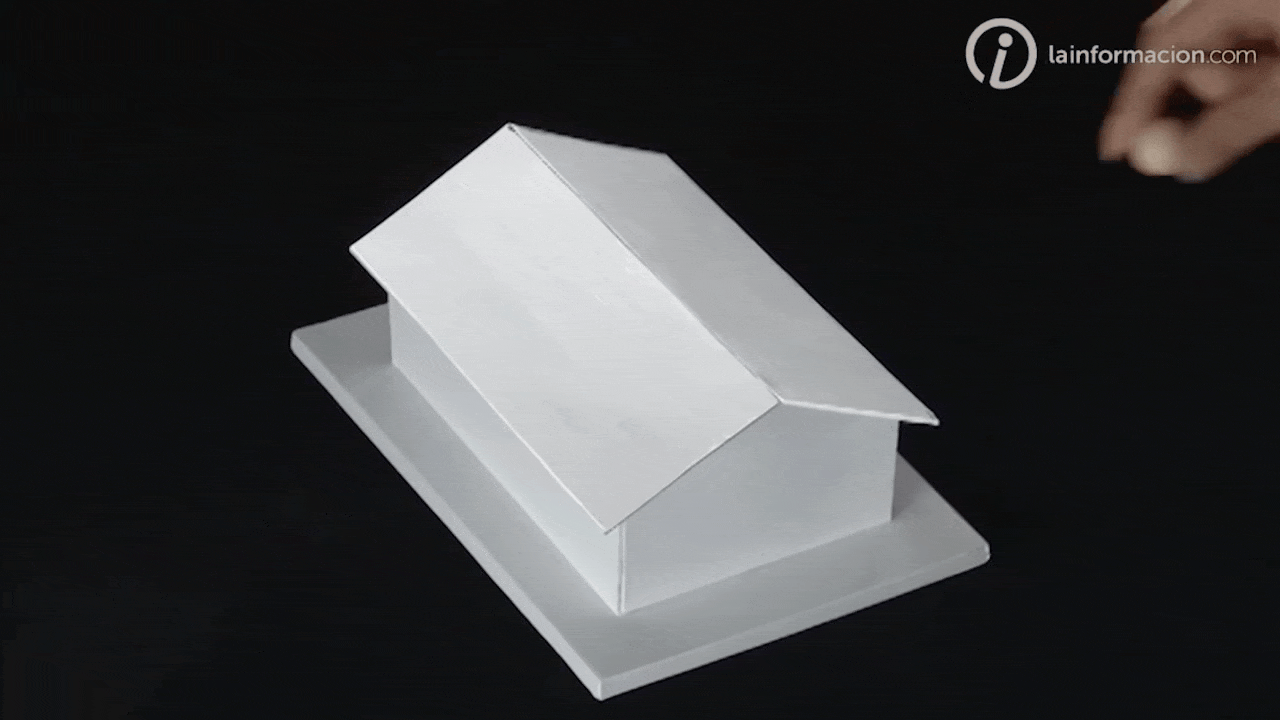
Apart from “Impossible Rooftop,” Kōkichi Sugihara has created several other three-dimensional illusions that awaken viewers.
Sugihara’s optical illusions are not just visually stunning but also stimulate your cognitive senses. In his “Ambiguous Cylinder” illusion, Kokichi Sugihara shows how a rectangular shape can look like a curved object when viewed from a certain perspective. He used 3D-printed objects and a mirror, and the professor showcased shapes that perplex the eye, simultaneously appearing square and round.
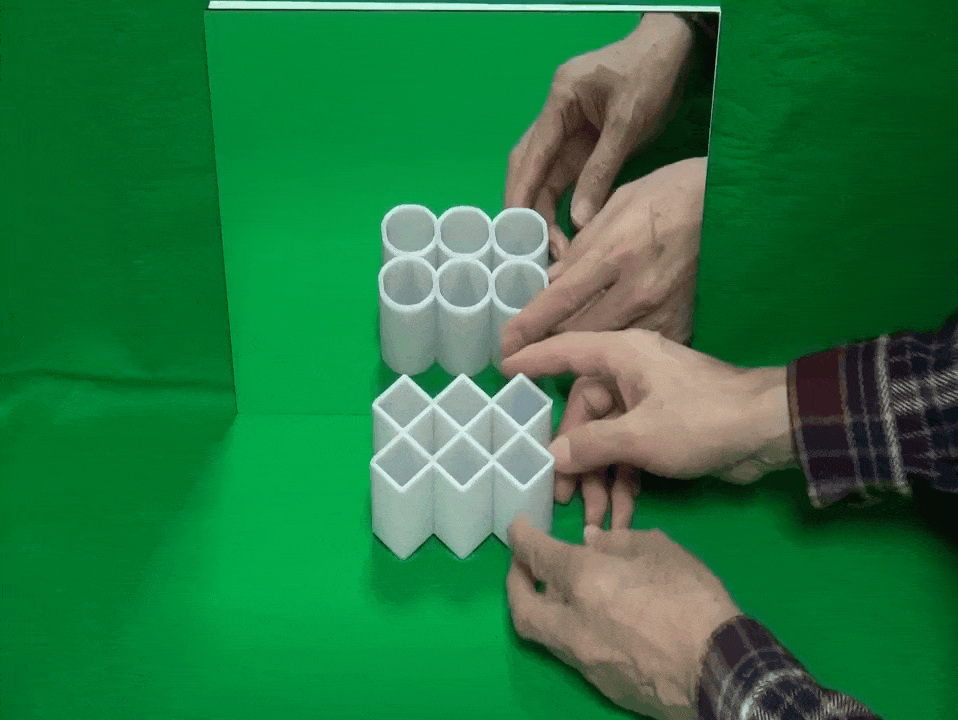
But how can this be? It’s all in the viewing angle. The object takes on a unique hybrid form from above – a square with rounded corners or a circle with straight sides. The trick lies in the edges, which cleverly manipulate the brain into “completing” the shape with each rotation.
And here is Kokichi Sugihara’s most astonishing work. This simple white arrow appears to point in the direction of the right; however, no matter how you twist it around, it still indicates to the right. It’s a perplexing optical illusion that challenges our perceptions of reality. The mere sight of it will make you doubt your own eyes. How does this arrow manage to keep pointing in the same direction even after it’s been rotated?

Sugihara’s mastery lies in crafting illusions that trick the mind into seeing what is not there. His illusions play with ideas about angles, perspective, depth perception, and other aspects of vision to create an impossible world. This is why his work appeals to artists and mathematicians, who are equally impressed by his ability to blend both disciplines into his creations. When creating his masterpieces, Sugihara spends hours studying the science behind the illusion to ensure that his final product is perfect.
While Sugihara’s optical illusions are challenging to create, they are even more challenging to understand. Sometimes, the illusion is even more impressive once the mathematics behind it is explained. Kōkichi Sugihara’s optical illusions use principles such as the rules of interpretation, angles, and perspective.
Moreover, the illusions use a particular kind of mathematics that is not readily comprehensible when viewed from a layman’s perspective. Nonetheless, the intricate interplay between mathematics and art makes Sugihara’s work an exceptional artistic expression.
Kōkichi Sugihara’s optical illusions are simply amazing. They keep us captivated and make us stop and think about how we see the world around us. They show how the boundary between art and mathematics can blur and how different disciplines can be combined to create something unique.
Sugihara’s ability to unify two seemingly different fields is a testament to the fact that anything is possible if you genuinely understand its principles. So, if you haven’t seen Kōkichi Sugihara’s exceptional work before, check him out, and get ready to be astonished.
You may also find these interesting:
• The Best 25 Puzzle Books for Adults: Unravel the Mysteries of the Mind
• Crazy Circle Illusion: Are These Dots Moving in a Circle?
• Ambiguous Cylinder Illusion
• Floating Cube

